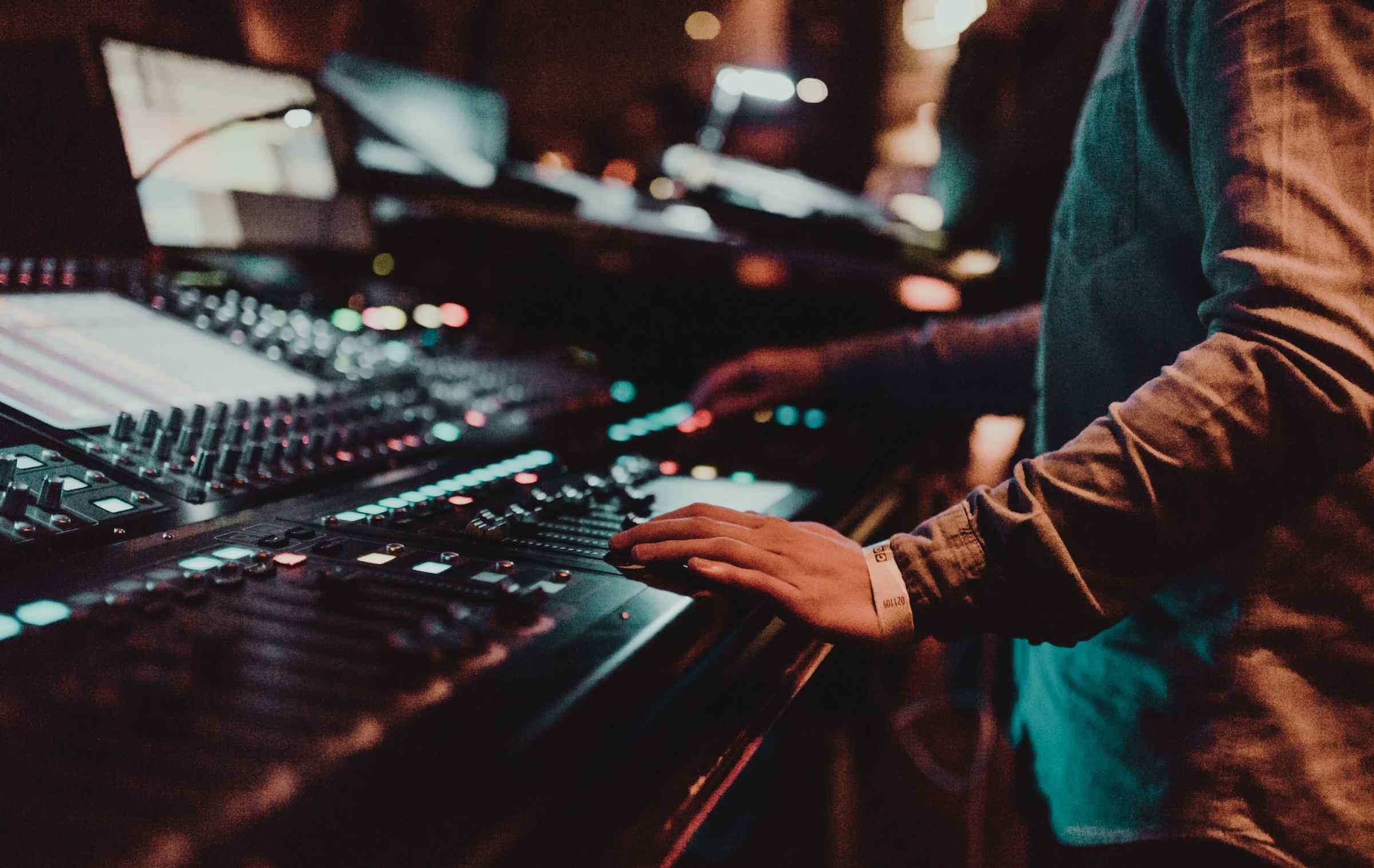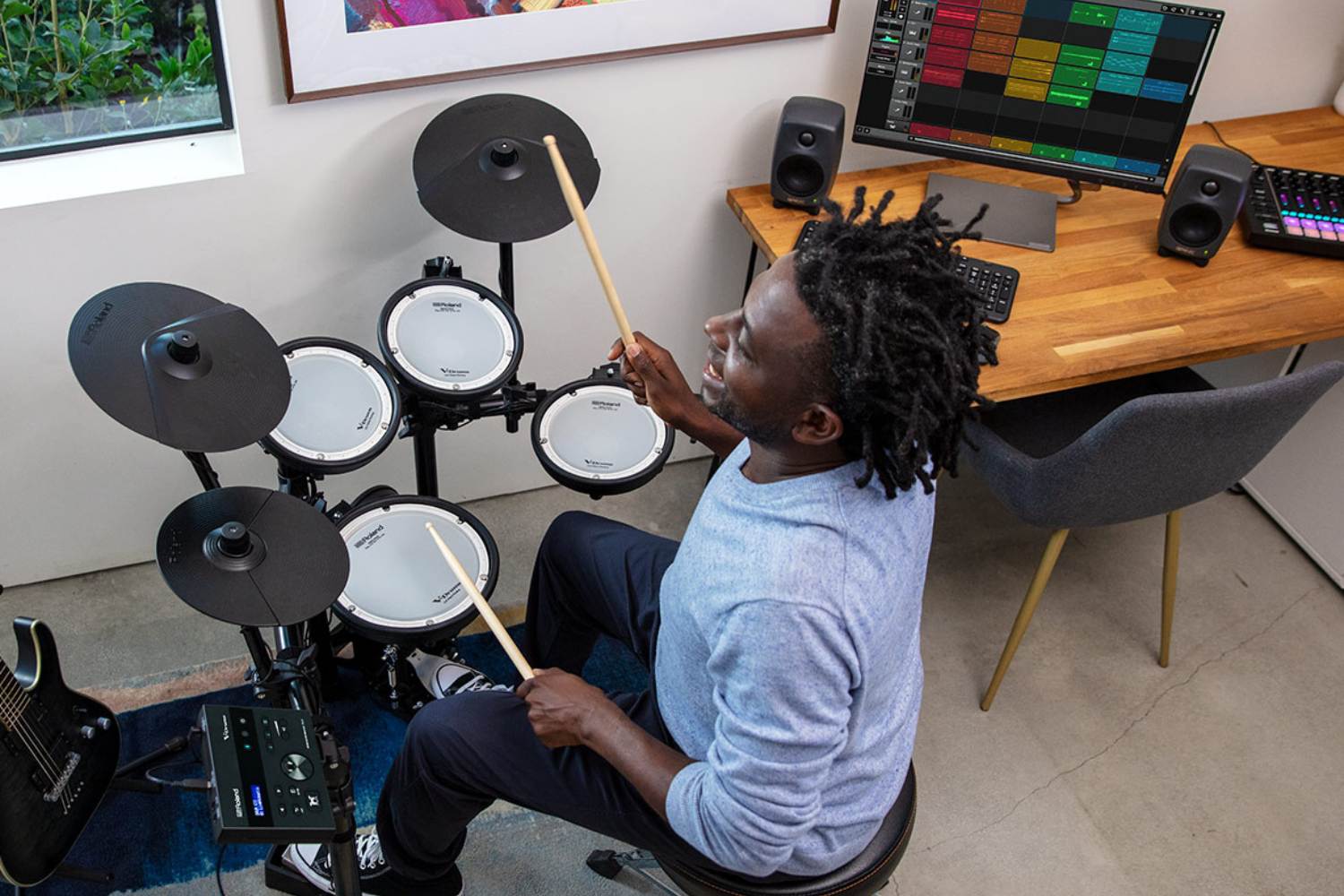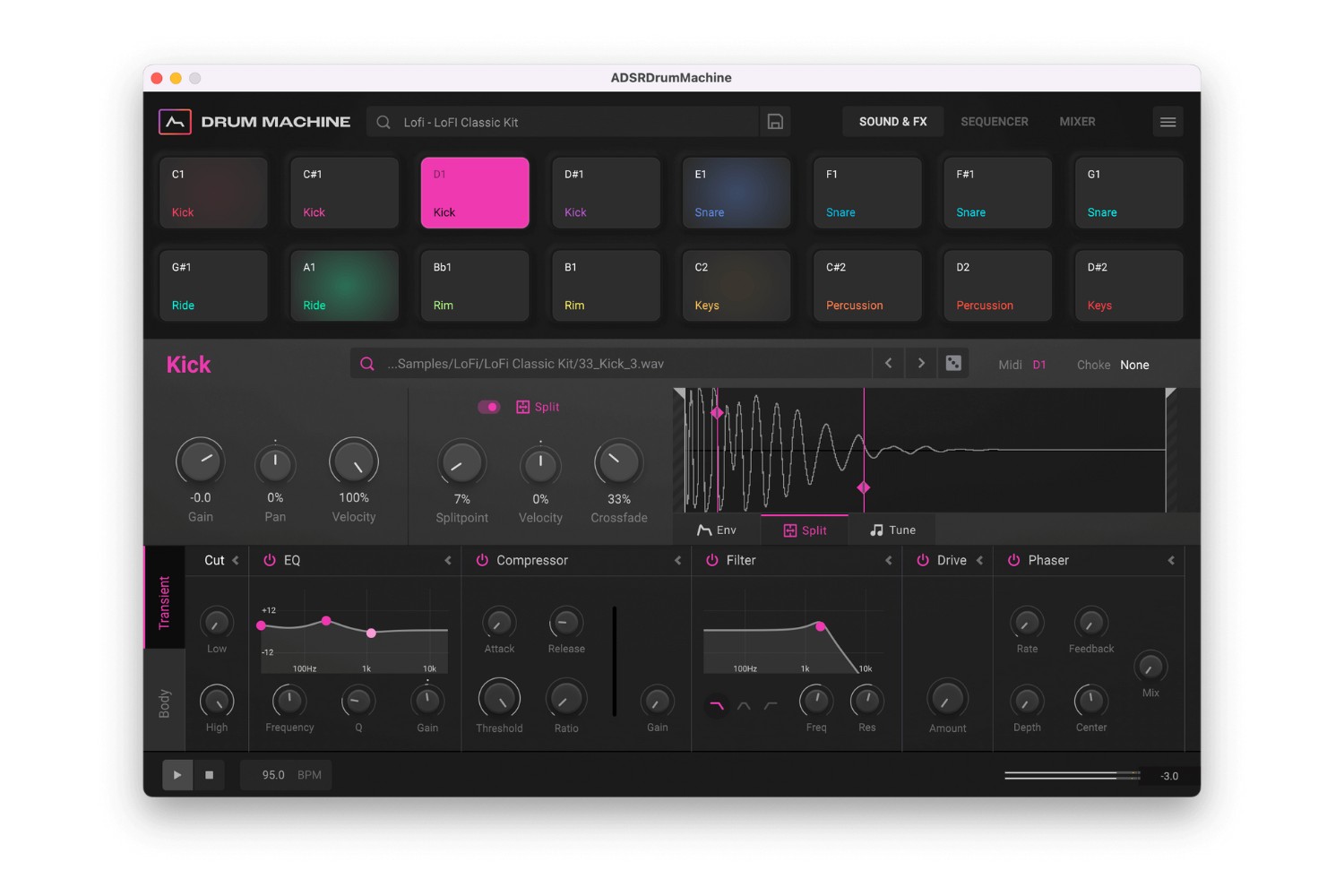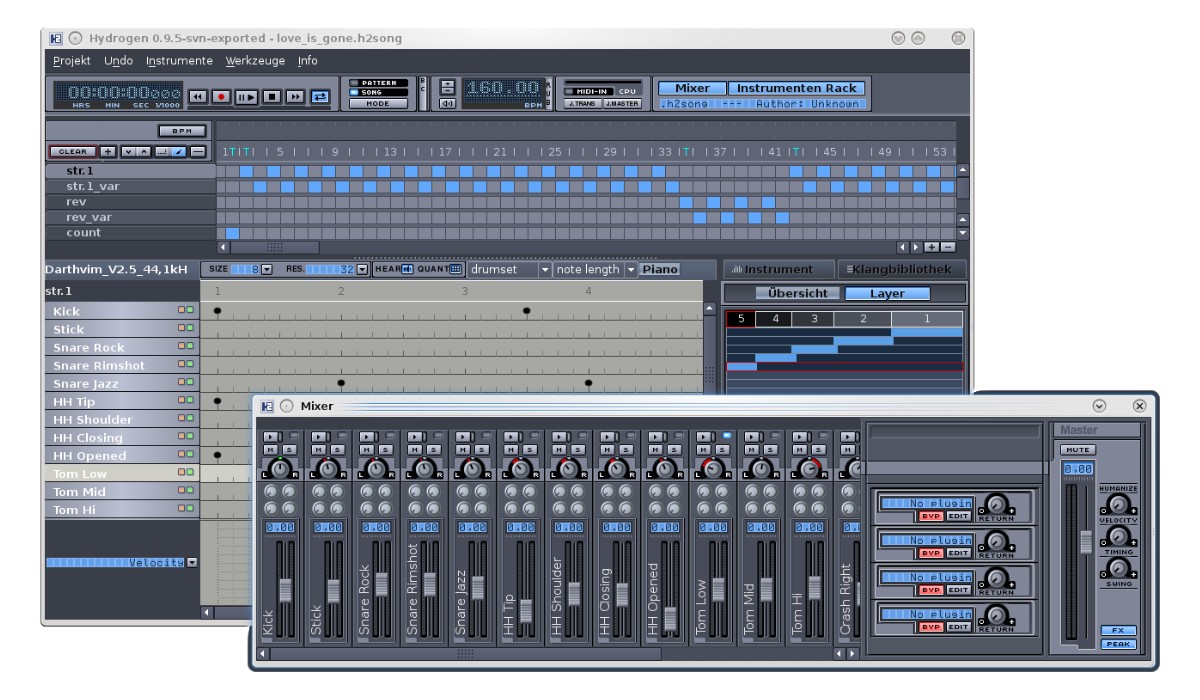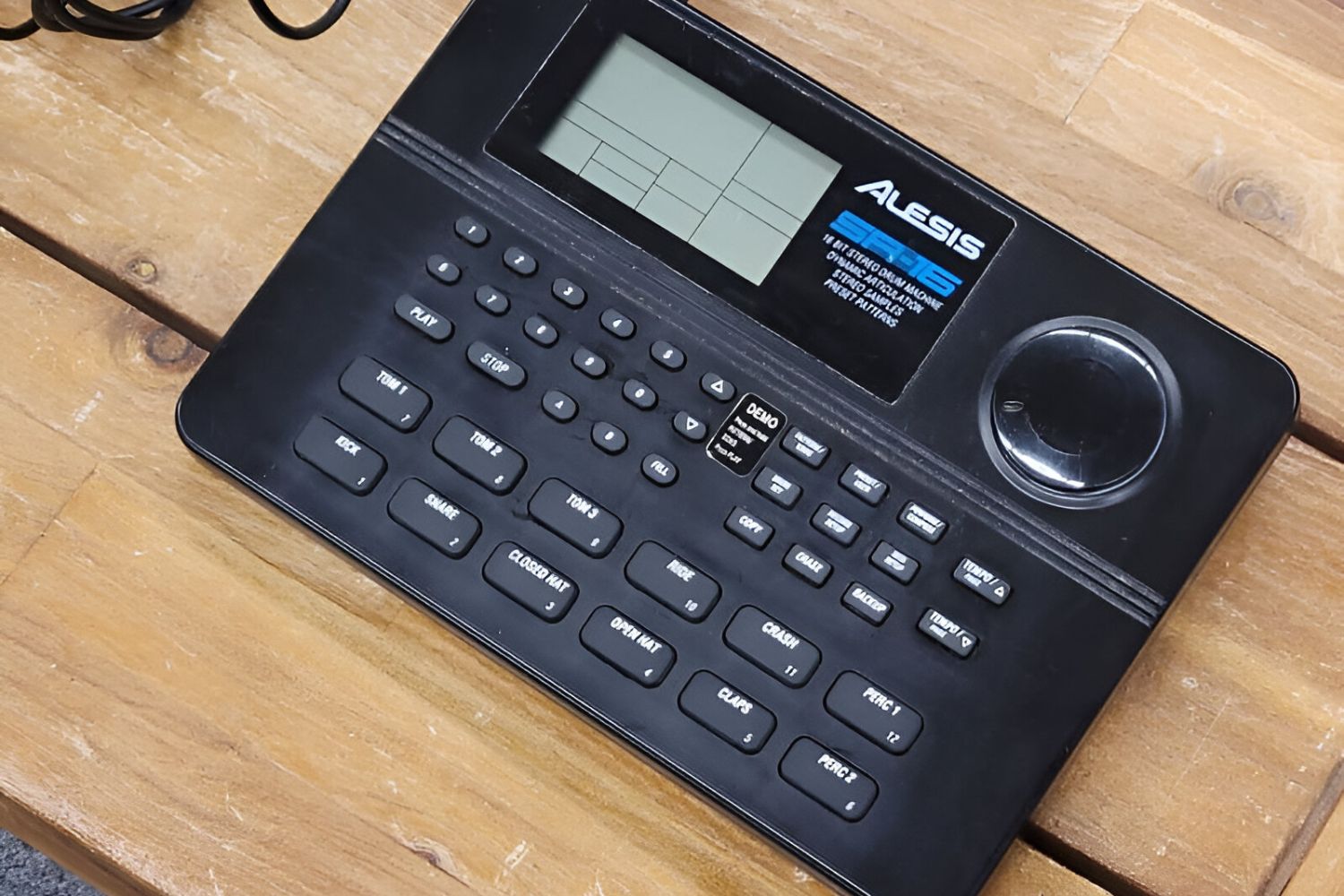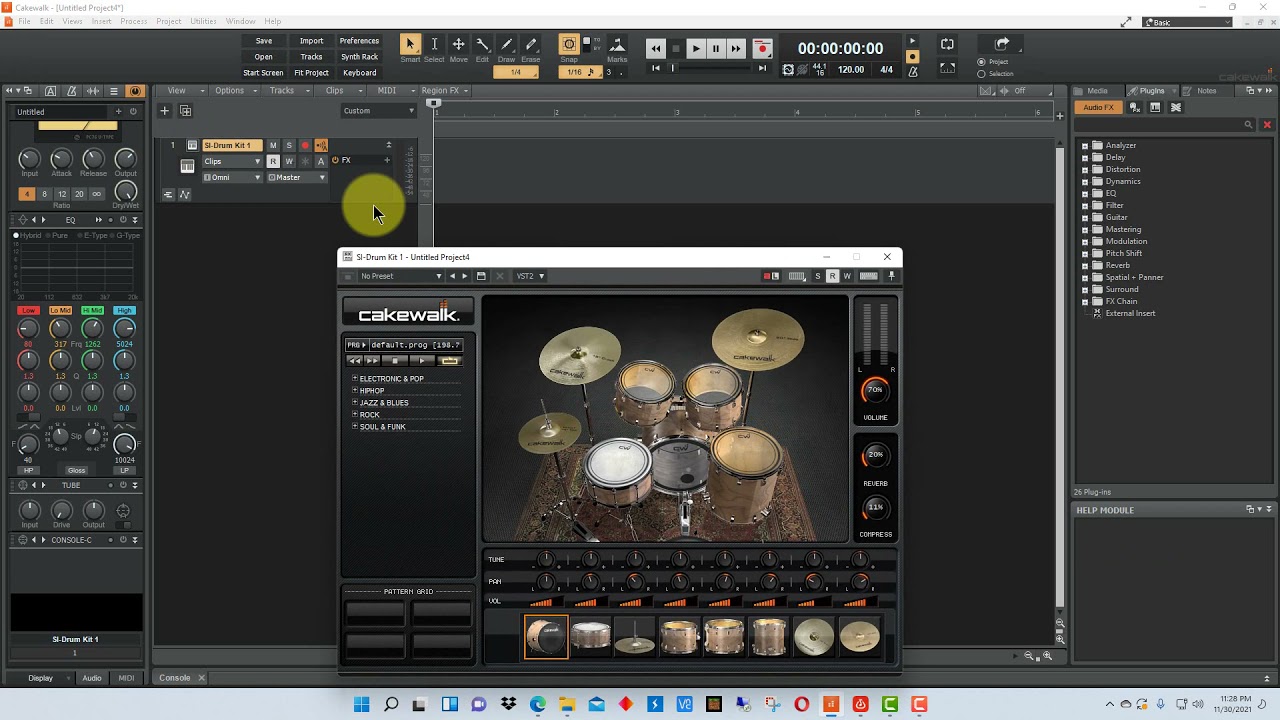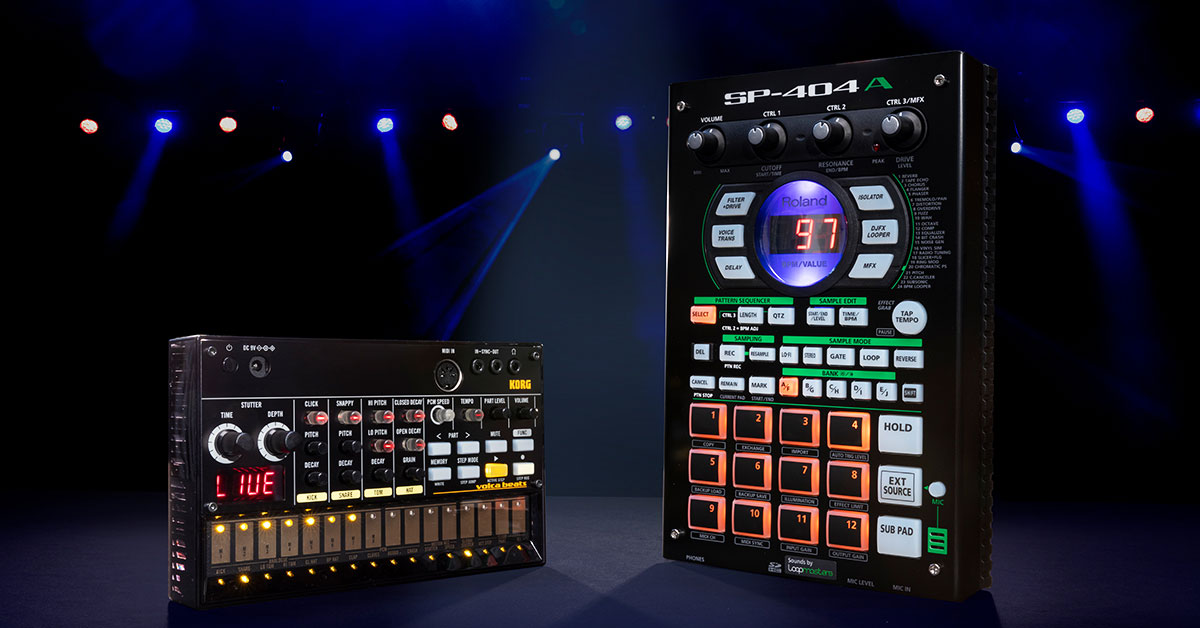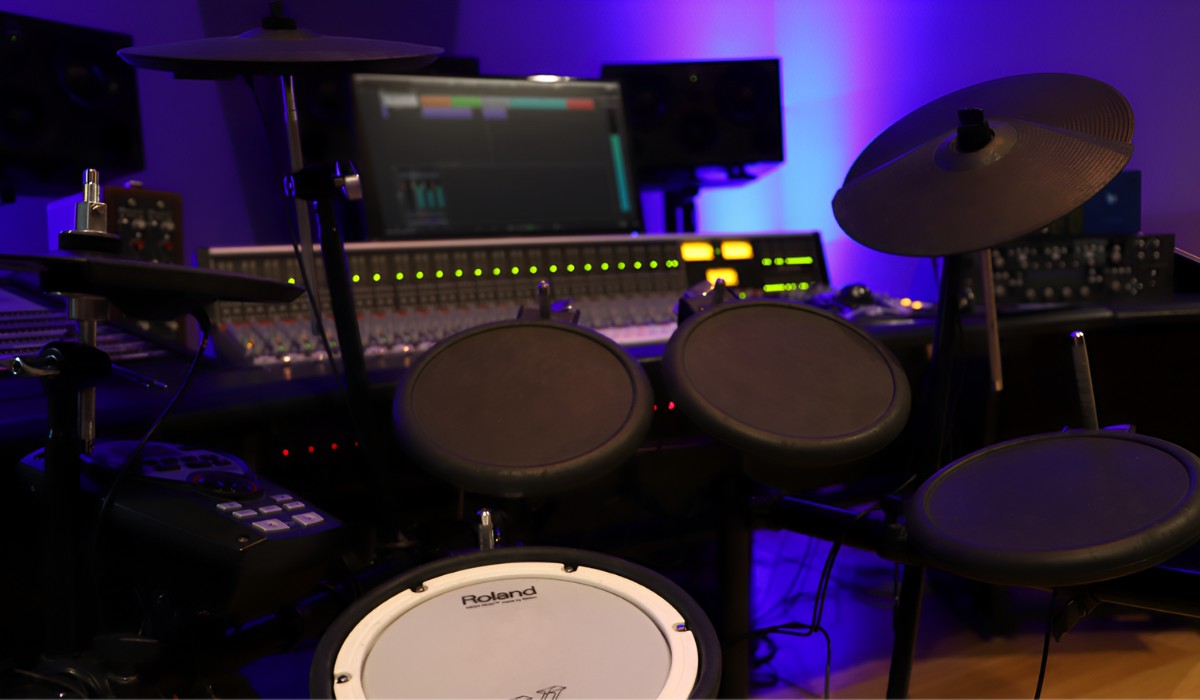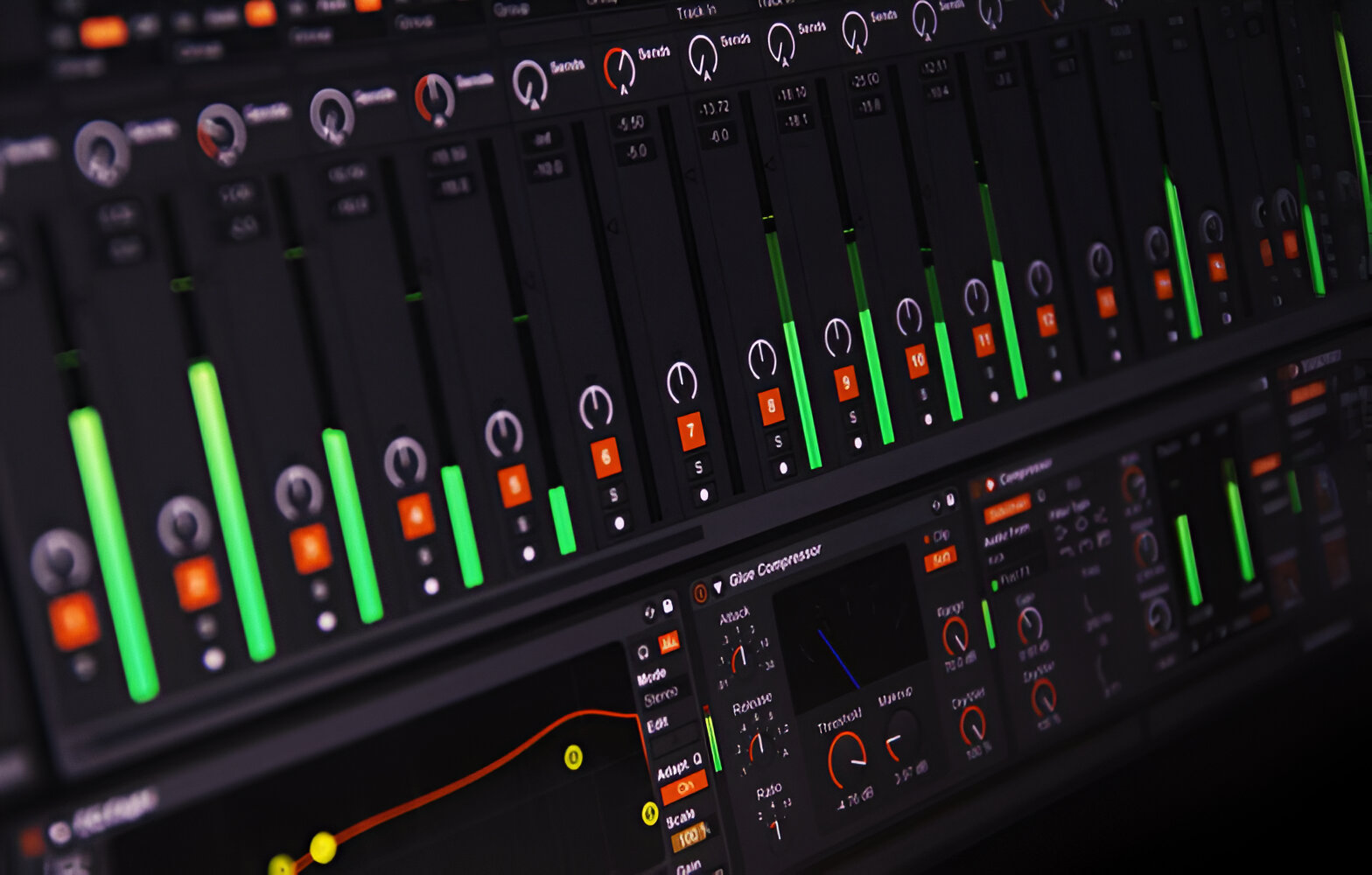Introduction
When you already have a drum machine, adding a digital audio workstation (DAW) to your setup can significantly expand your creative possibilities. A DAW offers a wide array of tools for recording, editing, and arranging music, and it can seamlessly integrate with your existing drum machine to enhance your workflow. However, choosing the right DAW to complement your drum machine requires careful consideration of several factors, including the type of drum machine you own, your preferred sound design capabilities, and the overall workflow integration.
In this article, we will explore the key factors to consider when selecting a DAW to complement your drum machine. We'll delve into the differences between analog and digital drum machines, the importance of seamless workflow integration, and the various sound design capabilities offered by different DAWs. Additionally, we'll provide recommendations for specific DAWs that pair well with different types of drum machines, helping you make an informed decision based on your unique musical needs.
As we navigate through the intricacies of selecting the right DAW for your drum machine setup, it's essential to understand that the synergy between these two components can elevate your music production to new heights. Whether you're a seasoned producer or an aspiring musician, the combination of a drum machine and a compatible DAW can unleash a world of sonic possibilities, allowing you to craft compelling beats and compositions with precision and creativity. Let's embark on this journey to discover the ideal DAW for your existing drum machine and unlock the full potential of your musical endeavors.
Factors to Consider
When choosing a DAW to complement your drum machine, several critical factors should guide your decision-making process. Understanding these factors will help you select a DAW that seamlessly integrates with your drum machine and aligns with your music production preferences.
- Compatibility: Ensure that the DAW you choose is compatible with your specific drum machine model. Some DAWs offer dedicated integration features for popular drum machines, allowing for seamless communication between the two devices.
- Workflow Efficiency: Consider how the DAW will enhance your workflow when working with your drum machine. Look for features such as intuitive pattern sequencing, flexible MIDI routing, and real-time performance capabilities that complement the functionality of your drum machine.
- Performance and Stability: Assess the DAW’s performance and stability, especially when handling MIDI data from your drum machine. A reliable DAW should provide low-latency MIDI processing and stable synchronization with your drum machine to ensure a seamless production experience.
- Expandable Sound Libraries: Evaluate the DAW’s sound library and its compatibility with drum machine samples and sound packs. A diverse collection of drum sounds, percussion samples, and electronic drum kits can augment your existing drum machine’s sonic palette, fostering creative exploration and sonic innovation.
- Integration with External Gear: If you plan to incorporate additional hardware synthesizers, samplers, or effects units alongside your drum machine, consider a DAW that offers robust support for external gear integration. Seamless connectivity with external instruments can enrich your sonic landscape and expand your music production capabilities.
By carefully considering these factors, you can make an informed decision when selecting a DAW that harmoniously complements your drum machine, empowering you to unleash your musical vision with precision and creativity.
Analog vs Digital
When choosing a DAW to complement your drum machine, it’s essential to consider whether you are using an analog or digital drum machine. The distinction between analog and digital drum machines can significantly influence the selection of a compatible DAW, as each type offers unique sonic characteristics and operational requirements.
Analog Drum Machines: Analog drum machines generate sounds using analog circuitry, delivering warmth, character, and organic textures to the drum sounds. If you own an analog drum machine, you may prioritize a DAW that provides robust support for analog gear integration, offering features such as CV/Gate connectivity and extensive MIDI control over analog parameters. Additionally, a DAW with analog-style sequencing and parameter modulation capabilities can complement the tactile and hands-on nature of analog drum machines, enhancing your ability to sculpt rich, vintage-inspired rhythms and percussive textures.
Digital Drum Machines: In contrast, digital drum machines utilize sample-based or synthesized sounds, offering versatile sound design capabilities, precise sound shaping, and extensive sound libraries. When pairing a digital drum machine with a DAW, you may seek a platform that excels in sample manipulation, granular synthesis, and high-resolution audio processing, allowing you to seamlessly integrate your digital drum machine’s sonic palette into a flexible and dynamic production environment.
Understanding the sonic characteristics and operational requirements of your drum machine—whether analog or digital—will guide your selection of a DAW that complements and enhances the unique sonic capabilities of your drum machine. By aligning the sonic attributes of your drum machine with the corresponding features of a compatible DAW, you can elevate your music production and explore new creative horizons with confidence and precision.
Workflow Integration
Seamless workflow integration between your drum machine and DAW is paramount for streamlining your music production process and unleashing your creative potential. When selecting a DAW to complement your drum machine, it’s crucial to consider how the two devices will interact harmoniously to augment your workflow and facilitate intuitive music creation.
Pattern Sequencing and Arrangement: A well-integrated DAW should offer intuitive pattern sequencing capabilities that align with the workflow of your drum machine. Look for features such as pattern-based sequencing, real-time pattern triggering, and flexible pattern chaining, allowing you to effortlessly create and arrange rhythmic patterns that sync seamlessly with your drum machine’s performance.
MIDI Control and Mapping: Effective workflow integration entails comprehensive MIDI control and mapping options within the DAW, enabling you to map drum machine parameters, trigger patterns, and modulate sound parameters directly from the DAW’s interface. This level of control fosters a cohesive relationship between the DAW and your drum machine, empowering you to sculpt and manipulate drum sounds with precision and creativity.
Real-Time Performance: Consider how the DAW facilitates real-time performance with your drum machine, whether in a studio or live setting. Look for features such as responsive MIDI input, low-latency performance, and dynamic tempo synchronization, ensuring that your drum machine and DAW operate in perfect harmony during live performances or studio jam sessions.
Automation and Parameter Control: An integrated DAW should provide robust automation and parameter control features that extend to your drum machine, allowing you to automate drum sound modulation, effects processing, and performance parameters directly within your DAW’s timeline or automation lanes.
By prioritizing seamless workflow integration when choosing a DAW for your drum machine, you can optimize your music production process, elevate your creative efficiency, and unlock new avenues for sonic exploration and rhythmic expression.
Sound Design Capabilities
When integrating a DAW with your drum machine, the sound design capabilities offered by the DAW play a pivotal role in shaping your sonic palette and refining the textures and timbres of your drum sounds. A DAW with robust sound design features can augment the sonic capabilities of your drum machine, empowering you to sculpt, manipulate, and innovate with unparalleled sonic flexibility.
Sample Manipulation and Editing: A comprehensive DAW should offer advanced sample manipulation tools, enabling you to edit, slice, and process drum machine samples with precision. Look for features such as time-stretching, pitch manipulation, and sample layering, allowing you to transform and reimagine your drum machine’s samples within the DAW’s versatile editing environment.
Synthesis and Sound Generation: Consider the DAW’s synthesis capabilities, especially if you seek to expand your sonic palette beyond the sounds produced by your drum machine. A DAW with powerful virtual instruments, synthesizers, and modular synthesis capabilities can complement your drum machine by providing a diverse array of electronic and acoustic sounds for rhythmic exploration and melodic accompaniment.
Effects Processing and Modulation: Evaluate the DAW’s effects processing and modulation tools, as they can profoundly impact the sonic character of your drum machine’s sounds. Look for comprehensive effects suites, modulation matrices, and dynamic processing tools that allow you to apply intricate effects, shape sonic textures, and infuse expressive modulation into your drum sounds with precision and finesse.
Sound Layering and Blending: A versatile DAW should facilitate seamless sound layering and blending, enabling you to integrate your drum machine’s sounds with other instruments and sonic elements. Whether layering drum machine samples with synthesized textures or blending percussive elements with melodic motifs, a DAW with intuitive layering capabilities can enrich your sonic landscape and expand your creative horizons.
By leveraging the sound design capabilities of a compatible DAW, you can elevate the sonic potential of your drum machine, transcend sonic boundaries, and craft compelling rhythms and textures that resonate with depth and innovation.
Recommended DAW for Different Drum Machines
Matching the right DAW with your specific drum machine can significantly enhance your music production experience, providing tailored features and seamless integration that amplify your creative capabilities. Here are recommendations for compatible DAWs based on the type of drum machine you own:
- For Analog Drum Machines: If you own an analog drum machine renowned for its rich, vintage-inspired sounds, consider pairing it with Ableton Live. Ableton Live offers robust support for analog gear integration, intuitive MIDI control, and a versatile array of sound design tools, allowing you to harness the warmth and character of your analog drum machine within a dynamic and performance-oriented production environment.
- For Digital Drum Machines: If your drum machine is a digital powerhouse with extensive sound shaping capabilities, FL Studio is an excellent choice for seamless integration. FL Studio excels in sample manipulation, synthesis, and real-time performance, offering a comprehensive platform for sculpting and arranging intricate rhythms and percussive textures with precision and flexibility.
- For Sample-Based Drum Machines: If your drum machine relies on sample-based sounds and intricate sequencing, Native Instruments Maschine paired with Native Instruments Komplete provides a compelling ecosystem for sample manipulation, pattern sequencing, and expansive sound libraries. The seamless integration between Maschine hardware and software, combined with the vast sonic resources of Komplete, offers a comprehensive solution for crafting diverse and expressive drum patterns and textures.
- For Hybrid Drum Machines: If your drum machine combines analog and digital elements, Propellerhead Reason offers a versatile platform for integrating hybrid setups. With its modular environment, extensive synthesis options, and seamless hardware integration, Reason empowers you to explore the sonic fusion of analog and digital drum sounds, blurring the boundaries between vintage warmth and modern precision.
By aligning your drum machine with a compatible DAW that caters to its sonic and operational characteristics, you can elevate your music production, unlock new creative dimensions, and sculpt compelling rhythms and textures with confidence and finesse.







